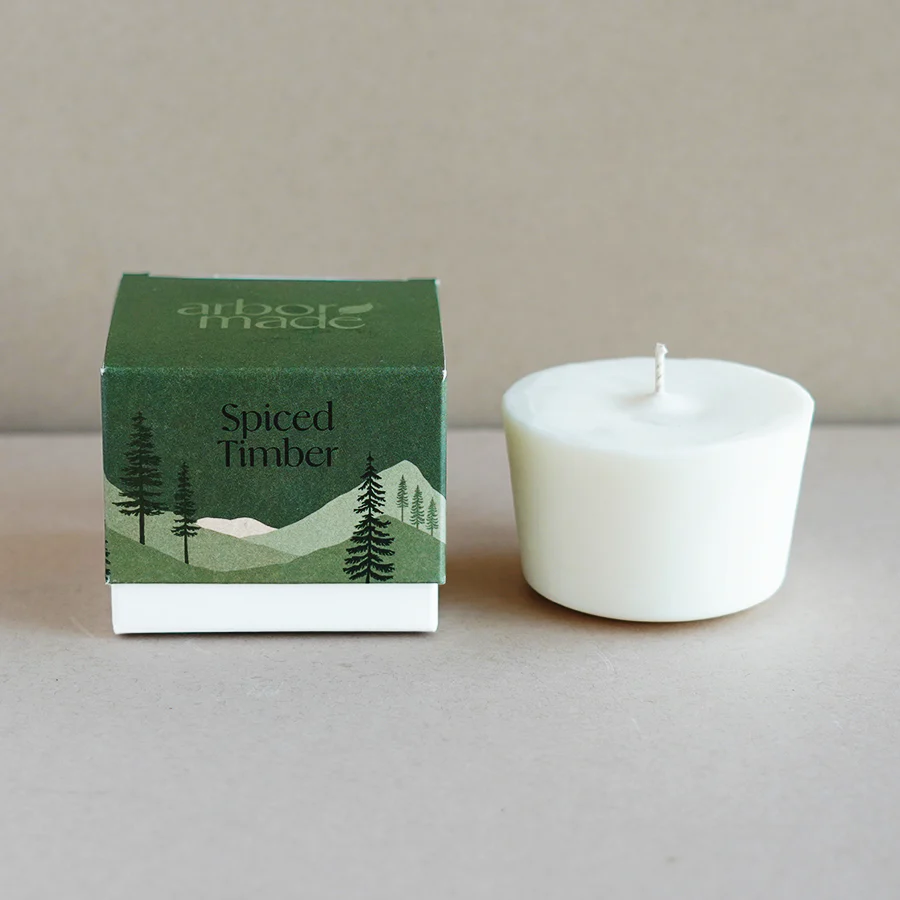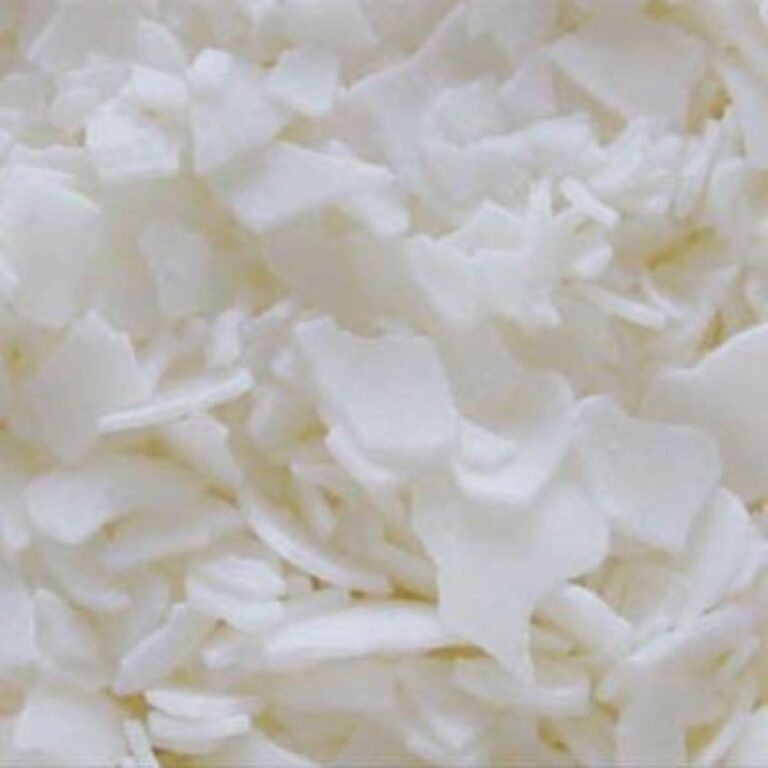Candle Making Wax: Choosing the Right Type for Your Needs
Candle making is a popular craft that allows individuals to create their own unique and beautiful candles. One of the most important aspects of candle making is choosing the right type of wax. The type of wax you use can greatly affect the appearance and performance of your candles. In this article, we will explore the different types of candle making wax and help you decide which one is best for your needs.
Understanding the Basics of Candle Making Wax
Before diving into the various types of candle making wax, it’s important to understand the role that wax plays in the candle making process. Wax is the main ingredient used in making candles as it provides the fuel for the flame. Additionally, wax also determines the burning time, scent throw, and overall quality of the candle.
The Role of Wax in Candle Making
Wax serves as the fuel for the candle’s flame. As the wax melts and vaporizes, it provides the energy needed to sustain the flame. The type and quality of the wax will determine how efficiently the candle burns, and how long it will last.
Moreover, the choice of wax can also impact the appearance of the candle. Some waxes have a smooth and glossy finish when set, while others may have a more rustic or natural look. This aesthetic aspect is important for candle makers who want to create visually appealing products.
Different Types of Candle Making Wax
There are several types of wax commonly used in candle making, each with its own unique properties:
- Paraffin Wax
- Soy Wax
- Beeswax
- Other Specialty Waxes
Paraffin wax is a popular choice due to its affordability and ability to hold a high fragrance load. Soy wax, on the other hand, is favored by many for being a natural and renewable resource. Beeswax is known for its clean burn and air-purifying properties. Specialty waxes, such as palm wax or gel wax, offer unique characteristics like crystal-like appearance or transparency.

Paraffin Wax for Candle Making
Paraffin wax is one of the most widely used waxes in candle making due to its affordability and versatility. It is derived from petroleum and has a low melting point, which makes it easy to work with. However, it is important to consider the pros and cons of using paraffin wax before making your decision. Learn more about petroleum at https://personal.ems.psu.edu/~pisupati/ACSOutreach/Petroleum_1.html
When it comes to candle making, paraffin wax offers a wide range of possibilities. Its ability to hold color and fragrance well makes it a favorite among crafters looking to create vibrant and aromatic candles. Additionally, paraffin wax can be easily molded into different shapes and sizes, allowing for endless creative options.
Pros and Cons of Using Paraffin Wax
One of the main advantages of paraffin wax is its affordability. It is readily available and cost-friendly, making it a popular choice for beginners. Paraffin wax also has a long burn time, which means your candles will last longer. However, paraffin wax is known to release toxic fumes when burned, which can be a concern for those with respiratory sensitivities. Click here to learn more about toxic fumes.
On the bright side, paraffin wax candles tend to have a smooth and glossy appearance, giving them a polished look that is perfect for both casual and formal settings. Their ability to hold intricate designs and patterns also makes them a top choice for decorative candles used in special occasions like weddings and parties.
Ideal Uses for Paraffin Wax Candles
Paraffin wax candles are best suited for decorative purposes or as a budget-friendly option for everyday use. They are often used in votive candles, tealights, and container candles. It is important to ensure proper ventilation when burning paraffin wax candles to minimize the release of fumes.
For those looking to add a personal touch to their candles, paraffin wax can be easily customized by adding dyes and scents to create unique combinations. This versatility makes it a popular choice for crafters and hobbyists who enjoy experimenting with different candle-making techniques.
Soy Wax for Candle Making
Soy wax is a natural alternative to paraffin wax and has gained popularity in recent years. It is made from soybean oil and is considered more environmentally friendly. Soy wax offers unique benefits and drawbacks that may make it the perfect choice for your candle making needs.
When choosing soy wax for your candle making endeavors, it’s important to consider not only its environmental impact but also its performance characteristics. Soy wax is known for its clean burn, producing minimal soot and smoke, which not only benefits the environment but also ensures a healthier ambiance in your home. Additionally, soy wax is biodegradable and renewable, making it a sustainable choice for conscientious crafters.
Benefits and Drawbacks of Soy Wax
One of the main advantages of soy wax is its clean burn. It produces minimal soot and smoke, making it a healthier option for both the environment and your home. Soy wax is also biodegradable and renewable, making it a sustainable choice. However, soy wax has a lower melting point than paraffin wax, which means it may melt more quickly in hotter environments.
On the flip side, the lower melting point of soy wax can be advantageous for certain applications. For instance, it allows for a longer-lasting candle as the wax burns at a slower rate. This can result in a more economical option in the long run, despite the initial perception of quicker melting. Additionally, the lower melting point of soy wax makes it easier to clean up in case of spills, as it can be easily removed with soap and water.
When to Choose Soy Wax for Your Candles
Soy wax candles are ideal for those who prefer a more natural and eco-friendly alternative. They are perfect for creating scented candles, as soy wax has excellent scent throw. Additionally, soy wax is great for container candles, as it has a lower melting point and adheres well to the container walls. If you are looking for a clean-burning, environmentally friendly option, soy wax may be the perfect choice for you.
Furthermore, soy wax is known for its ability to hold fragrance oils effectively, resulting in a stronger and longer-lasting scent release compared to other types of wax. This makes soy wax a popular choice among candle makers who prioritize the olfactory experience of their candles. Whether you are crafting candles for personal use or as gifts for loved ones, soy wax provides a versatile medium for expressing your creativity while staying mindful of sustainability.

Beeswax for Candle Making
Beeswax is a natural wax produced by bees and is often regarded as a premium choice for candle making. It offers unique qualities that set it apart from other types of wax.
Beeswax is created by worker bees in the hive to build honeycomb cells where the young are raised and honey and pollen are stored. The beeswax is secreted from glands on the bee’s abdomen and then chewed and molded into the familiar hexagonal shape of honeycomb. This natural process results in a wax that is pure and free from toxins, making it a popular choice for those looking for a clean and natural candle option.
Advantages and Disadvantages of Beeswax
One of the main advantages of beeswax is its natural, honey-like scent. It adds a warm and inviting fragrance to your candles without the need for additional scents. Beeswax candles also burn longer and brighter than other types of wax, providing an aesthetically pleasing glow. However, beeswax can be quite expensive compared to other waxes, making it less accessible for some candle makers.
Another advantage of beeswax is its natural air purifying properties. When beeswax candles burn, they release negative ions that can help neutralize pollutants in the air, such as dust, mold, and odors. This makes beeswax candles not only a beautiful addition to your home decor but also a functional one that can help improve air quality.
Best Uses for Beeswax Candles
Beeswax candles are often used for their natural beauty and clean-burning properties. They are a popular choice for special occasions, such as weddings or romantic dinners, where their warm glow and natural scent add to the ambiance. Beeswax candles are also a great option for individuals with allergies or sensitivities since they do not release harmful fumes.
Other Types of Wax for Candle Making
In addition to paraffin, soy, and beeswax, there are a few other types of wax that can be used for candle making.
Exploring Palm Wax and Gel Wax
Palm wax is a natural wax derived from palm oil. It is known for its unique crystal-like appearance and provides a beautifully textured finish for candles. This wax is popular among environmentally conscious candle makers as it is sourced from a renewable resource. The intricate crystalline structure of palm wax can add a touch of elegance to candles, making them stand out as decorative pieces in any setting.
Gel wax, on the other hand, is a transparent, rubbery substance that creates a unique visual effect when used in candles. It is a versatile wax that allows for embedding various decorative elements within the candle, such as seashells, beads, or dried flowers. Gel wax candles are often chosen for their modern and artistic appeal, adding a contemporary touch to home decor.
Understanding Specialty Waxes
Specialty waxes, such as beeswax blends or vegetable wax blends, offer unique combinations of various waxes to provide specific properties. These specialty waxes may be formulated to enhance certain characteristics of the candle, such as fragrance throw or burn time. Beeswax blends, for example, are prized for their natural honey-like scent and clean-burning properties, making them a popular choice for high-quality candles.
Vegetable wax blends, on the other hand, are often preferred by vegan candle makers looking for sustainable and cruelty-free options. These blends can include soy wax, coconut wax, or other plant-based waxes to create candles that align with ethical and environmental values. Exploring the world of specialty waxes opens up a realm of possibilities for candle makers seeking to craft candles with specific attributes tailored to their preferences and needs.
Conclusion
Choosing the right type of wax is a crucial step in candle making. Each type of wax offers its own set of benefits and drawbacks, making them suitable for different purposes and preferences. Consider factors such as cost, burn time, environmental impact, and desired aesthetics when making your decision. Whether you choose paraffin, soy, beeswax, or a specialty wax, experimenting and exploring different options will allow you to create candles that meet your specific needs and preferences. Happy candle making!
Other resources: Golden Wax 464 Instructions How to Get the Best Results



